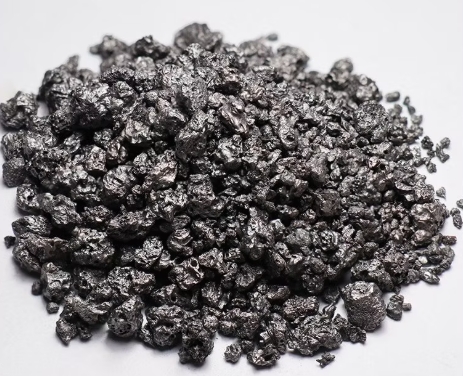
Carbon is an essential component of steelmaking. The amount that is added determines both the physical and mechanic properties of the end product. Carbon in lower concentrations makes steel softer, more ductile. Higher carbon concentrations make steel harder and more brittle. To change the properties, other elements can be added, including sulphur as well as manganese, chrome, and silicon.
Most of the iron and steel in the world today is produced using a traditional blast-furnace process. The blast furnace process involves feeding coke, ore and limestone into massive cavernous crucibles. These are then melted in a hot air blast. This results in molten pig iron with a 4-5% carbon level. This is melted again and recast in a wide variety of metals.
The resulting products range from construction and automotive parts to household appliances and furniture. Steel production is a major industrial source of anthropogenic emissions of carbon dioxide. It will take a massive investment to bring new technology online and a total revolution in steel production to achieve zero carbon dioxide.

The majority of these funds have been spent on carbon capture and sequestration (CCS) and energy efficiency. Globally, the steel industry is moving quickly to adopt new production methods capable of reducing embodied carbon dioxide by up to 90 percent.
Three leading pathways could enable the industry to dramatically cut its emissions: hydrogen-based direct reduction (H2DRI), hydrogen plasma reduction (HPR), and hydrogen smelting (HSH). Each approach comes with its own set of advantages and disadvantages. But all three have the potential to significantly reduce both capital and running costs.
These new approaches could be combined into Integrated Steelmaking(IS) plants that are high-efficiency with low-carbon and integrated CCS. These Integrated Steelmaking plants can reduce energy and CO2 intensity by up to 90% while improving overall product quality, through processes such as deoxidation with recycled scrap and slag, oxygen smelting to remove sulphur dioxide from the molten steel, and direct injection of zero-carbon H2 into the BF to replace carbon monoxide.
To support these efforts, the 2023 G7 Industrial Decarbonisation Agenda called on all nations to develop and implement Green Public Procurement criteria for near zero-emission steel and cement and to accelerate their implementation. The Climate Club launched by the German Presidency in last year will play a major role in driving development of these and other industrial decarbonisation measures.

Write a Message